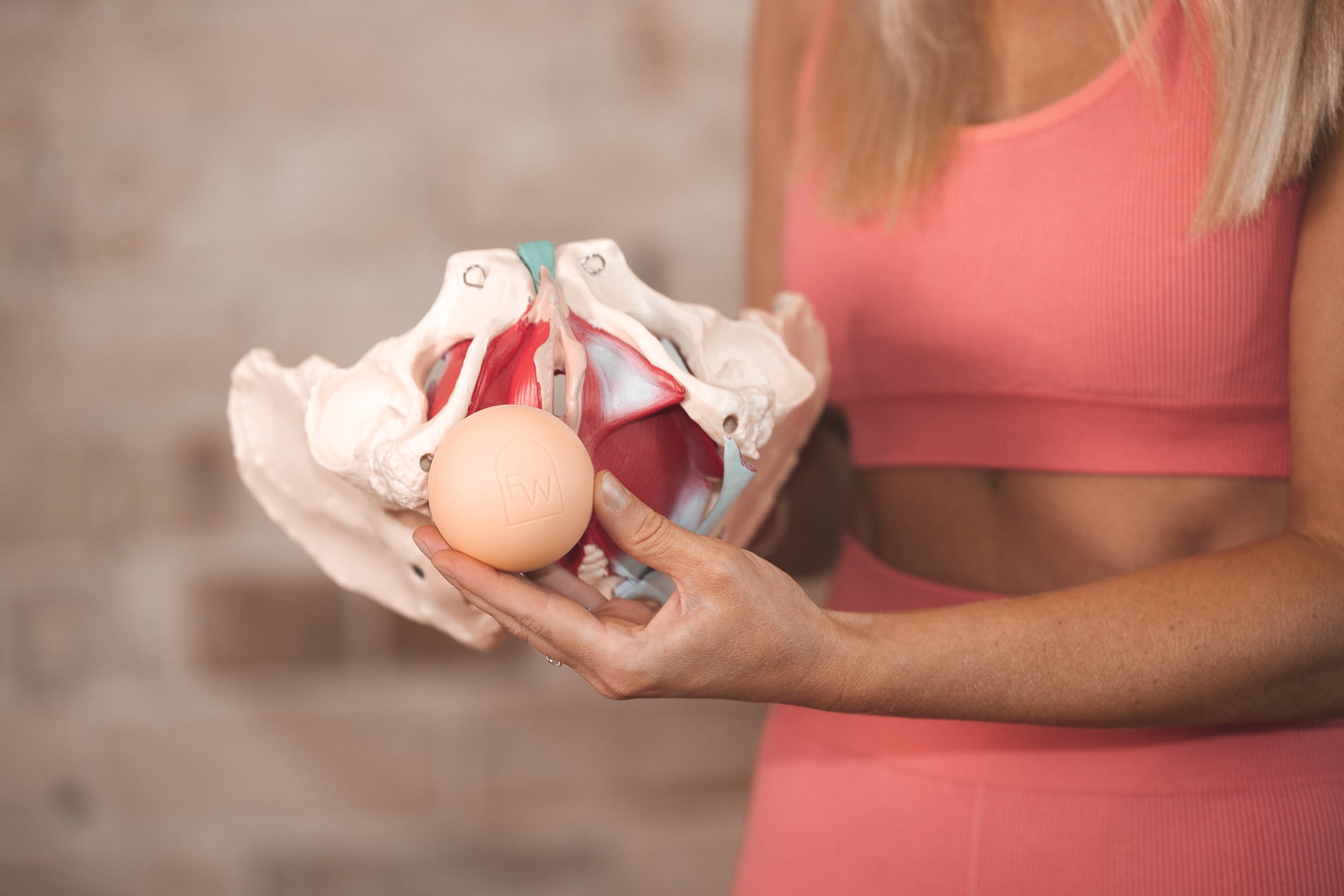The Role of the Pelvic Floor in Birth

By Charlotte Conlon, Pelvic Floor Physiotherapist
When we think about preparing for birth, strength often takes centre stage — and for good reason! We need strength to support a growing baby, to move well, and to cope with the demands of pregnancy and labour. But when it comes to birth itself, the pelvic floor needs more than strength. It must also know how to release, relax, and lengthen. In other words, it needs distensibility — the ability to stretch and open when required.
Your pelvic floor is an incredible group of muscles that form a hammock at the base of your pelvis. During pregnancy, these muscles carry extra weight and adapt to support your growing baby. But when it’s time for birth, the pelvic floor must do something quite different: it needs to release, relax, and lengthen. In fact, it actually stretches up to two to three times its resting length during the birthing process.

A well-moving and distensible pelvic floor can:
- Create space for baby to descend through the birth canal
- Work with, rather than against, uterine contractions — the uterus pushes the baby out, and the pelvic floor needs to get out of the way!
- Reduce the risk of tearing during the pushing stage
- Shorten the second stage of labour (the pushing stage)
Just as we train muscles to contract, we can also learn how to let them go. Techniques such as breathwork, body awareness, and pelvic floor release exercises can all help you prepare.
Remember, a healthy pelvic floor is not just a strong one — it’s a flexible and adaptable one. Strength and relaxation go hand in hand. A pelvic floor physiotherapist can assess muscle function and create a personalised plan to help your body prepare for birth.
Do you know how well your pelvic floor is functioning? If you need some help, check out our Pelvic Floor Stretch & Release eBook!

